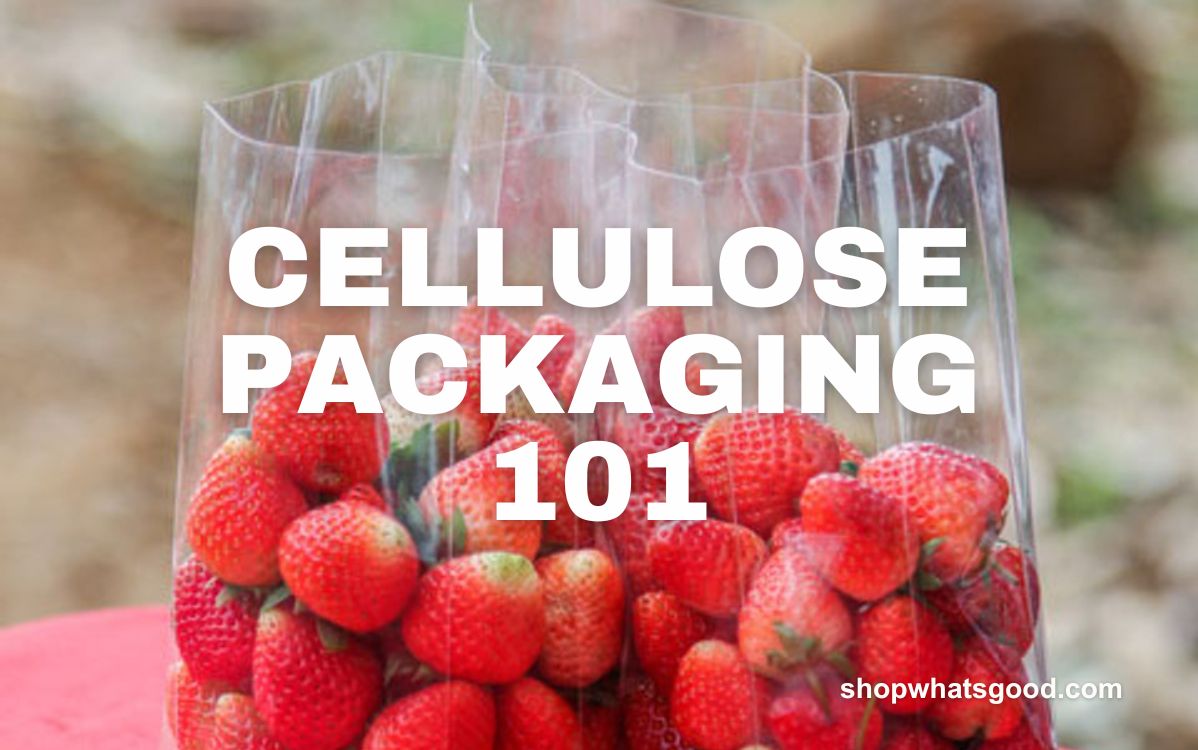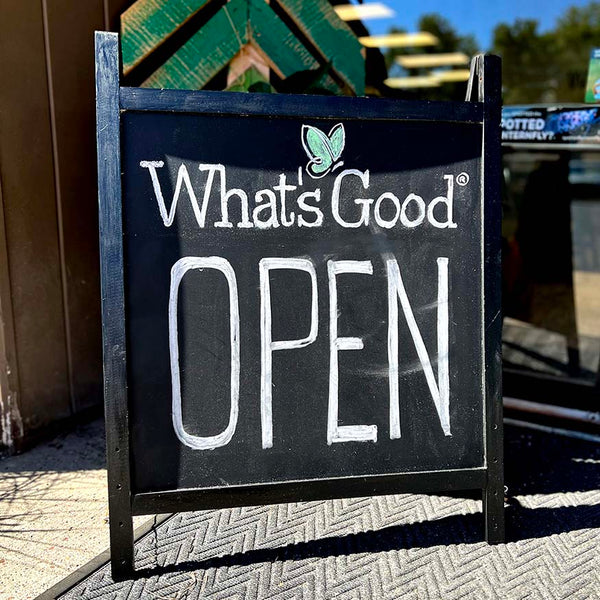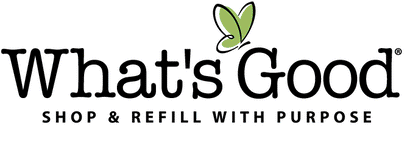FREE 🇺🇸 GROUND SHIPPING Orders 75+
FREE 🇺🇸 GROUND SHIPPING Orders 75+
Add description, images, menus and links to your mega menu
A column with no settings can be used as a spacer
Link to your collections, sales and even external links
Add up to five columns
Add description, images, menus and links to your mega menu
A column with no settings can be used as a spacer
Link to your collections, sales and even external links
Add up to five columns
Cellulose Packaging 101
November 07, 2023

NATURALLY-DERIVED, BIODEGRADABLE, & SUSTAINABLE.
Chances are if you're a customer of ours, your product may have come in a clear 'plastic' wrap, like our Wrappily Eco-Gift Wrap or our Lumily Patch Kit. Surprise! It's not plastic, it's cellulose. It has all the great elements of clear plastic wrap with NONE of the guilt. But what exactly is it? Jenna took a deep dive into the world of cellulose to help us understand it a little bit better.
Cellulose packaging, also known as bio-based packaging, is a sustainable alternative to traditional plastic packaging material. It is derived from renewable sources and offers several benefits for the environment. Let’s explore what cellulose packaging is, how it’s made, and its potential to revolutionize the packaging industry as a biodegradable and renewable solution to the global plastic pollution problem.
Where does cellulose come from?
Cellulose is a natural polymer found in the cell walls of plants (Encyclopædia Britannica, 2021). Wood pulp, derived from trees, is the most common source of cellulose, but it can be derived from other various sources including agricultural waste and even algae (Soroudi, 2019).
How is cellulose packaging made?
The production of cellulose packaging typically involves the following steps:
- Sourcing and harvesting cellulose-rich materials, such as wood or agricultural waste.
- Breaking down the cellulose into pulp through mechanical or chemical processes.
- Further refining the pulp by removing impurities.
- Forming the cellulose into sheets or other desired packaging shapes through methods like extrusion or molding.
- Adding any necessary coatings or adhesives to enhance the functionality of the packaging (Soroudi, 2019).
What makes cellulose packaging eco-friendly?
- It's biodegradable & compostable. One of the significant advantages of cellulose packaging is its biodegradability. Unlike traditional plastic packaging, which takes hundreds of years to degrade, cellulose packaging decomposes naturally and relatively quickly. This process occurs through the action of microorganisms, ultimately returning the packaging material to nature as organic matter. As a result, cellulose packaging helps reduce the accumulation of plastic waste in landfills and marine environments, mitigating the negative impact on ecosystems (Halonen et al., 2021).
- It has a lower carbon footprint than plastics. Another benefit of cellulose packaging is its lower carbon footprint compared to plastic packaging. The production of cellulose packaging requires less energy and emits fewer greenhouse gases during manufacturing. Additionally, the use of renewable plant-based materials reduces dependency on fossil fuels and contributes to a more sustainable and circular economy (Gram et al., 2018).
- It's renewable & sustainable. Cellulose packaging can be sourced from responsibly managed forests, ensuring a continuous supply without depleting finite resources. Sustainable forestry practices help promote the growth of new trees, which absorb CO2 from the atmosphere. This process helps offset carbon emissions generated during the production and transportation of the packaging material (Ncardia, n.d.).
What's the future of sustainable packaging?
With the global focus on sustainability, there is growing interest and investment in further developing cellulose packaging technology. Ongoing research and development are focused on improving its performance and expanding its range of applications. Innovations aim to enhance the barrier properties of cellulose packaging (to protect products from moisture, oxygen, and other external factors). Researchers are also exploring methods to increase the bio-based content in cellulose packaging and reduce the need for chemical treatments during the manufacturing process (Soroudi et al., 2020).
Industries and businesses are gradually adopting cellulose packaging as a sustainable choice due to consumer demand and regulatory pressure. It is predicted that cellulose packaging will become increasingly prevalent in industries such as food and beverage, personal care, and pharmaceuticals. In the future, advancements may include the integration of cellulose with other materials to enhance performance or the use of nanotechnology to further improve its properties (Soroudi, 2019).
Cellulose packaging has emerged as an environmentally friendly alternative to conventional packaging materials. Its production from renewable sources, biodegradability, and reduced carbon footprint make it an appealing choice for both consumers and businesses. With ongoing advancements and increasing industry adoption, cellulose packaging holds significant promise for a sustainable future, revolutionizing the packaging industry and mitigating the global plastic pollution crisis.
-------
Sources:
Encyclopædia Britannica. (2021). Cellulose. [Online]. Retrieved from https://www.britannica.com/science/cellulose
Gram, L., Daugaard, A. E., & Sørensen, H. (2018). Biodegradable and compostable alternatives to conventional plastics. In Waste Management and Sustainable Resource Recovery (pp. 89-110).
Elsevier. Halonen, N., Eskelinen, H., & Salmenperä, H. (2021). End-user and producer perspectives on the environmental benefits of bio-based packaging materials. Journal of Cleaner Production, 289, 126266.
Ncardia. (n.d.). Cellulose for packaging is a renewable alternative to plastic. Retrieved from https://www.ncardia.com/cellulose-packaging-renewable-alternative-to-plastic/
Soroudi, A. (2019). Emerging trends in cellulose-based packaging materials. Journal of Polymers and the Environment, 27(11), 2467-2485.
Soroudi, A., Alshuthoki, A., & Marnier, A. (2020). Biodegradable and compostable cellulose-based materials for packaging applications. Packaging Technology and Science, 33(6), 293-309.
Leave a comment

Good News
If any email is worthy of your inbox, it's this. Our goal is 1–2x per month. You'll get helpful & inspiring eco info, plus subscriber-only discounts.
Welcome to What's Good
Here's your $10 coupon
COPY THIS CODE TO USE IN CHECKOUT
